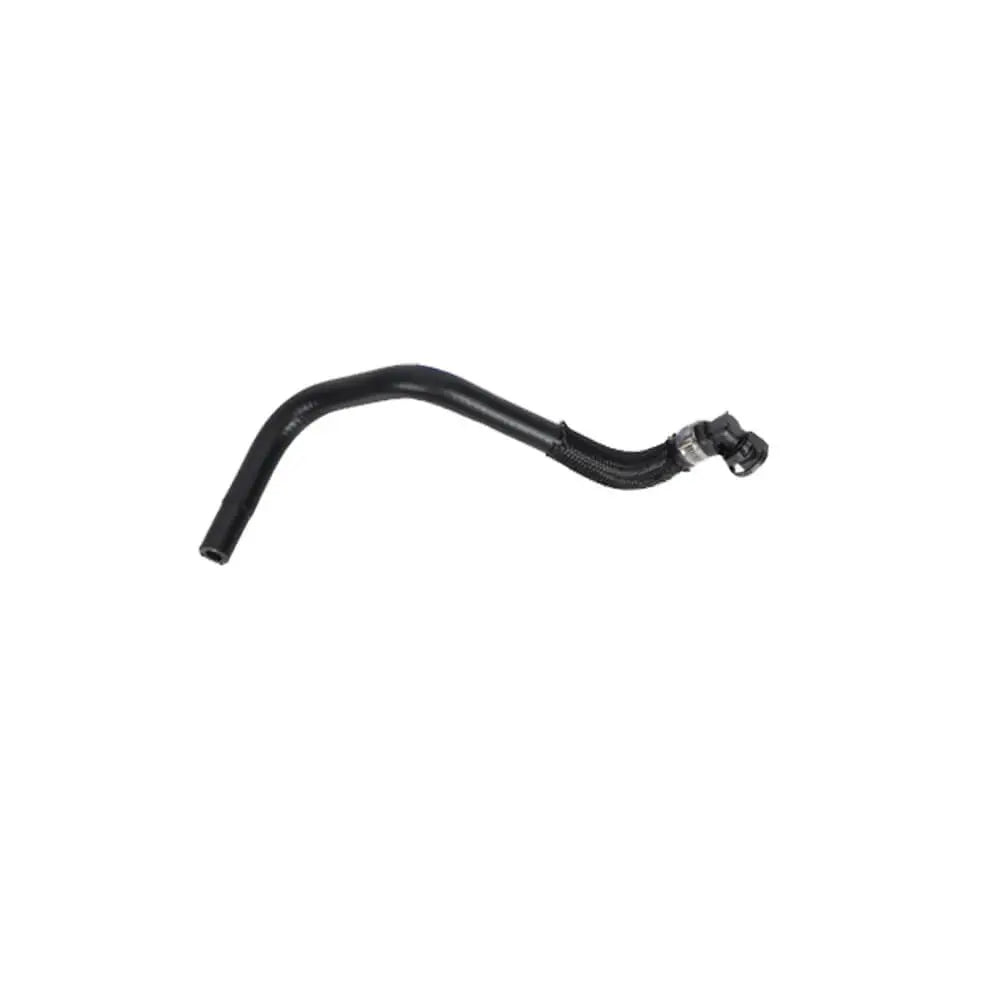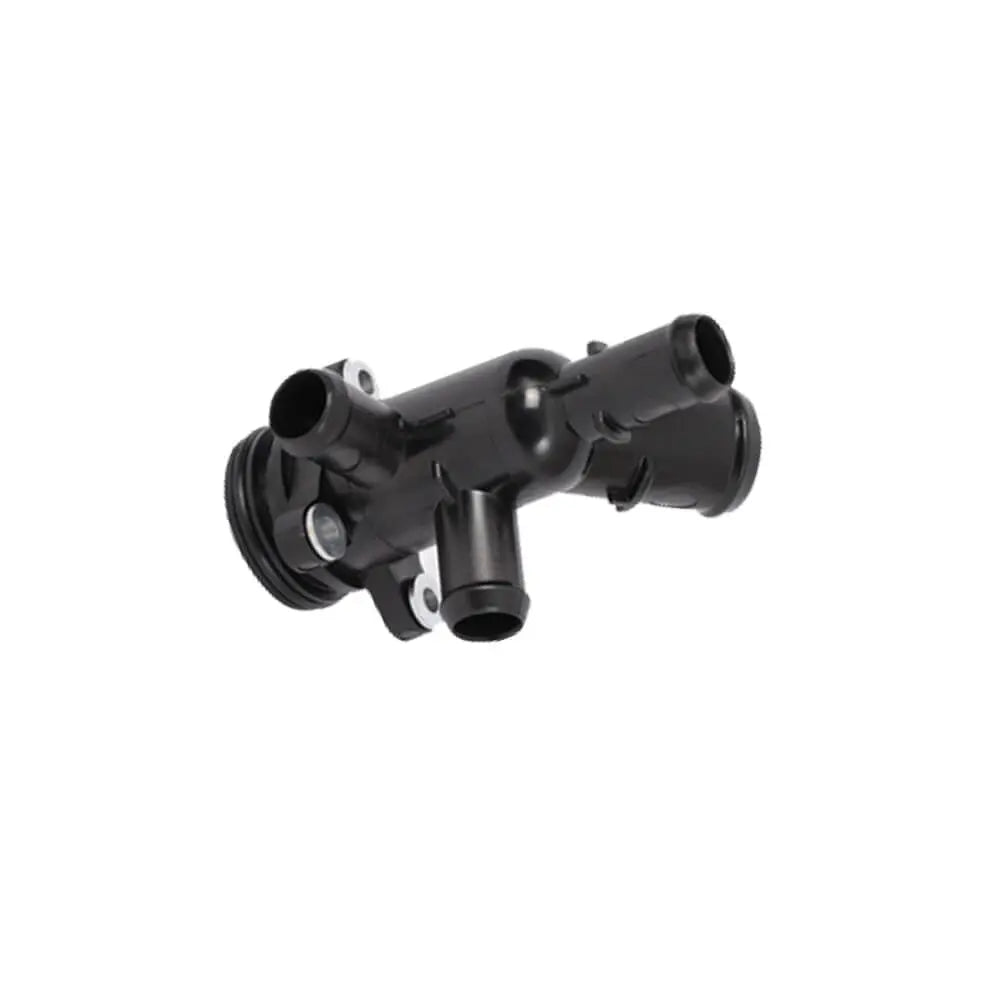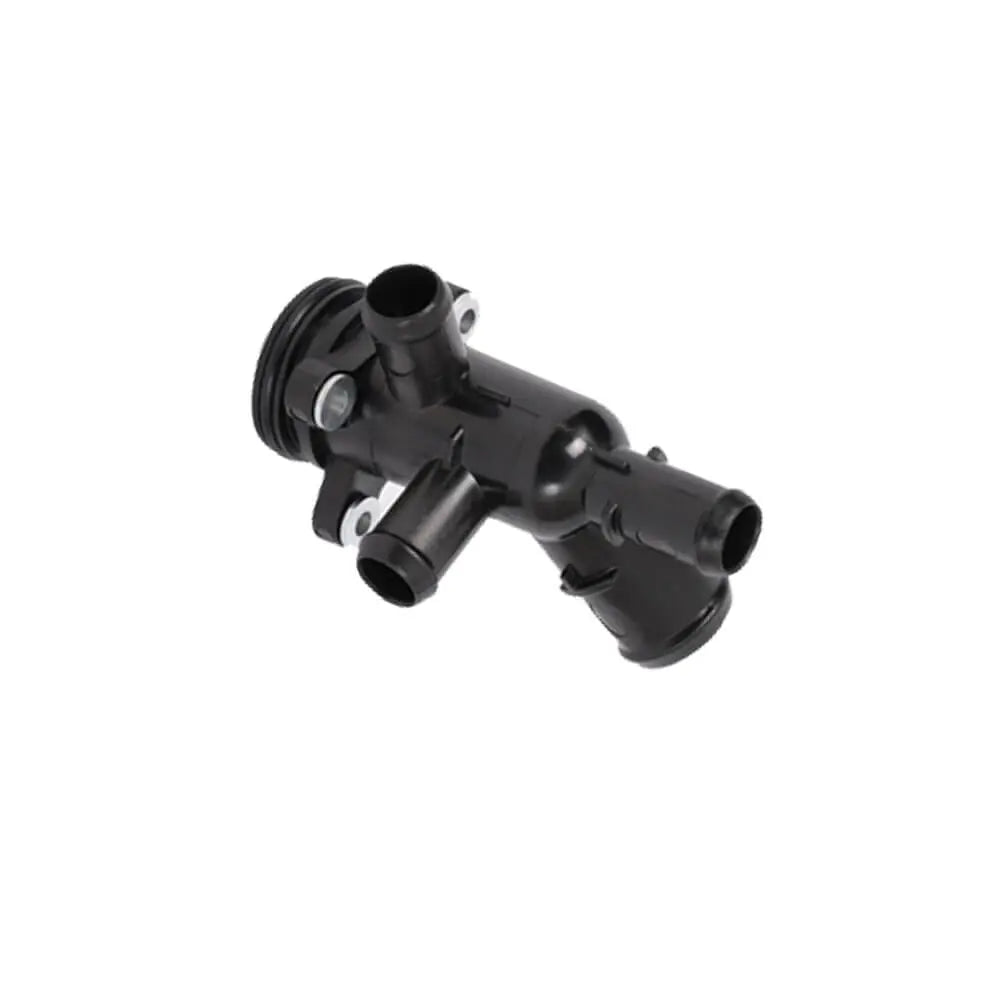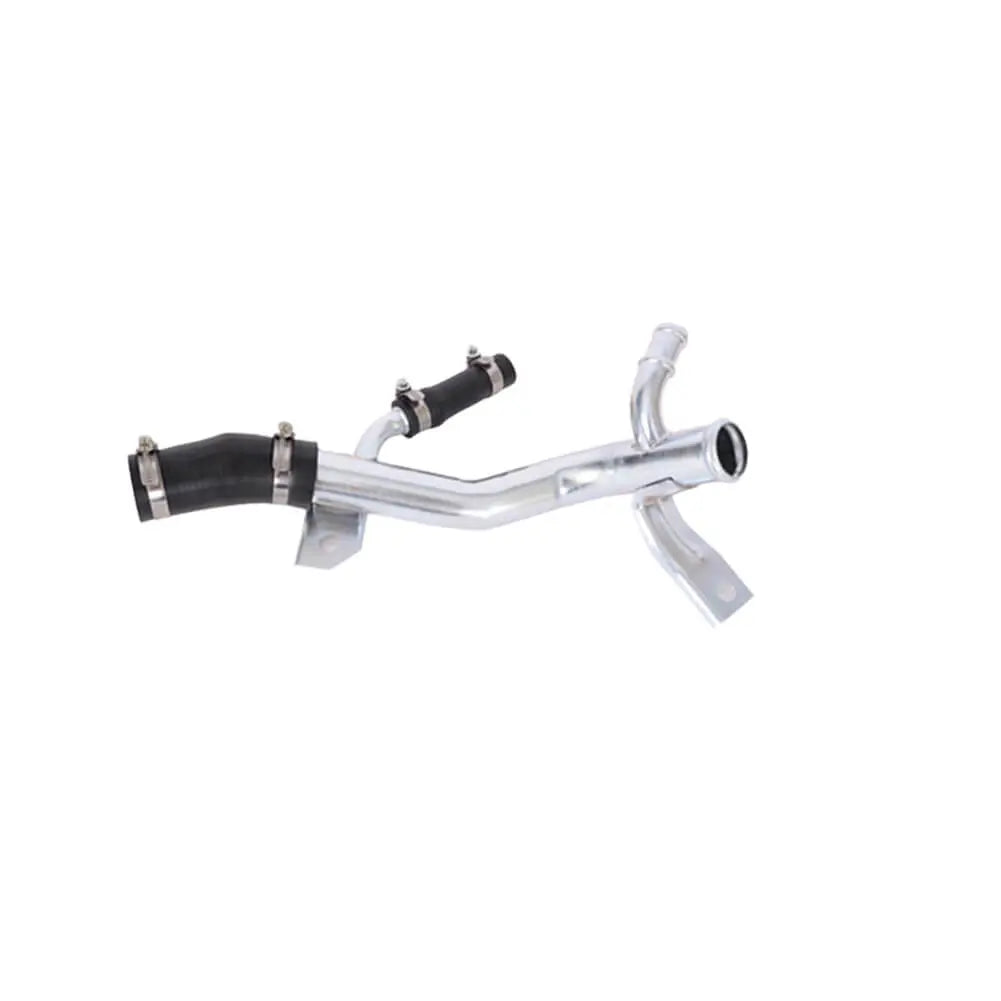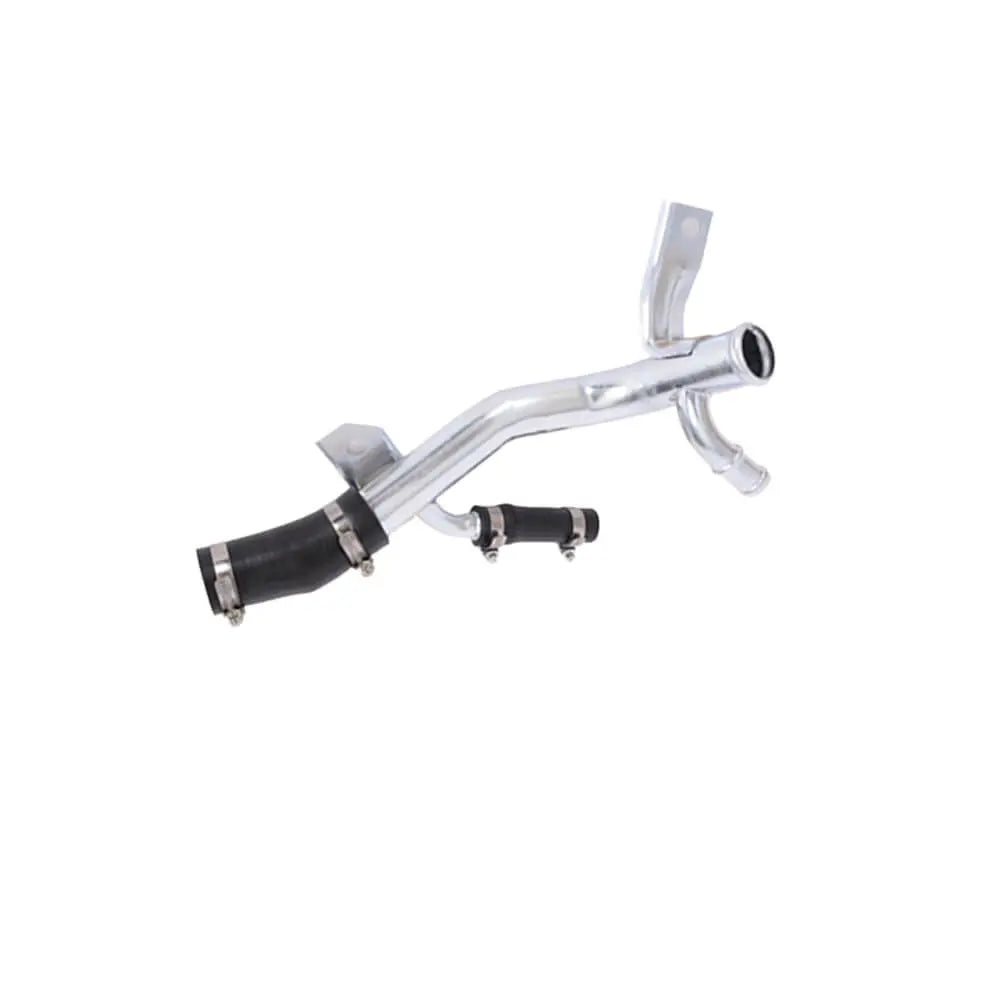Shop by Category
Thermostat
10 products
Showing 1 - 10 of 10 products
The Crucial Role of Thermostats in Automobile Cooling Systems
When it comes to the proper functioning of a car's cooling system, the thermostat plays a pivotal role. Often overlooked, this small but mighty component regulates the engine's operating temperature, ensuring optimal performance, efficiency, and longevity. In this article, we will delve into the importance of thermostats for cars and shed light on their functioning and maintenance.What is a Car Thermostat?
A car thermostat is a temperature-sensitive valve that is typically located between the engine and the radiator. Its primary function is to regulate the flow of coolant to the radiator based on the engine's temperature. By doing so, the thermostat helps maintain the engine within its ideal operating temperature range.How Does it Work?
Modern car thermostats are usually wax-based, employing a heat-sensitive wax pellet or element encased in a metal housing. This wax expands and contracts with temperature changes. When the engine is cold, the thermostat remains closed, preventing the coolant from flowing to the radiator. This promotes faster engine warm-up, as the coolant is circulated within the engine to aid in reaching the optimal temperature quickly.Once the engine reaches the predetermined temperature, typically around 195 to 220 degrees Fahrenheit (90 to 105 degrees Celsius), the wax inside the thermostat melts, causing the valve to open. This allows the coolant to flow to the radiator, where it dissipates the excess heat and prevents the engine from overheating. If the temperature drops, the wax contracts, closing the valve partially or completely to regulate the coolant flow accordingly.
Significance of Proper Thermostat Functioning:
A malfunctioning thermostat can have serious implications for the engine's health and performance. A stuck-open thermostat, for example, can lead to decreased fuel efficiency, reduced engine power, and prolonged warm-up time. On the other hand, a stuck-closed thermostat can cause the engine to overheat, leading to potential damage, including warped cylinder heads or blown gaskets.Regular Maintenance and Troubleshooting:
To ensure the thermostat operates optimally, regular maintenance is essential. This includes periodically inspecting the thermostat for signs of wear, corrosion, or leaks. If any abnormalities are detected, it is recommended to replace the thermostat promptly.Additionally, if you notice symptoms such as the engine running cooler than normal, poor fuel economy, or the temperature gauge fluctuating abnormally, it may indicate a faulty thermostat. In such cases, it is advisable to consult a professional mechanic who can diagnose the issue accurately and perform the necessary repairs or replacements.
The humble car thermostat may be small in size, but its impact on the engine's performance and longevity cannot be underestimated. By regulating the engine's temperature, thermostats play a crucial role in maintaining optimal operating conditions, preventing overheating, and ensuring efficient fuel consumption. Regular maintenance and prompt replacement when needed will help keep your car's cooling system in excellent shape, contributing to a smooth and reliable driving experience.
Showing 1 - 10 of 10 products
Display
View
Save £3.91
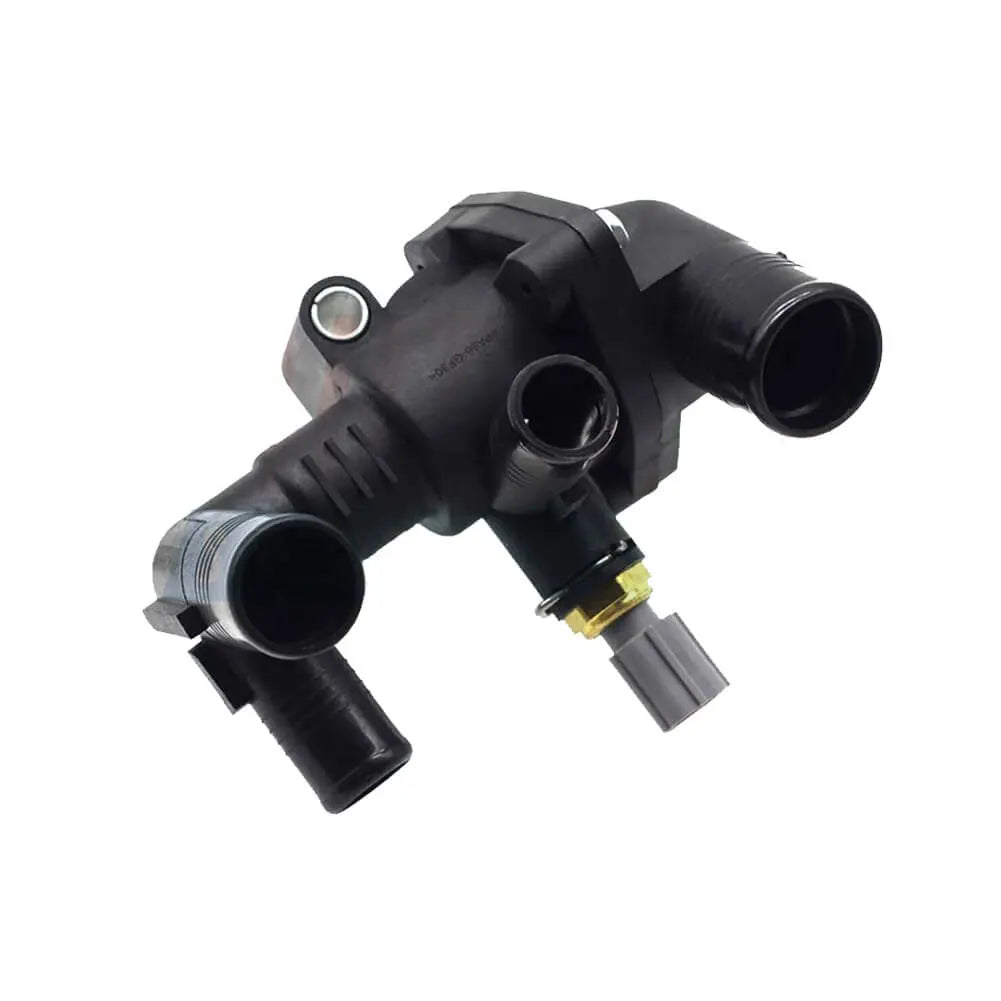

Thermostat Housing With Switch For Peugeot Boxer (2011 - onwards) 2.2 HDi - BK2Q8594AA
Sale price£23.99
Regular price£27.90
No reviews
In stockSave £5.09
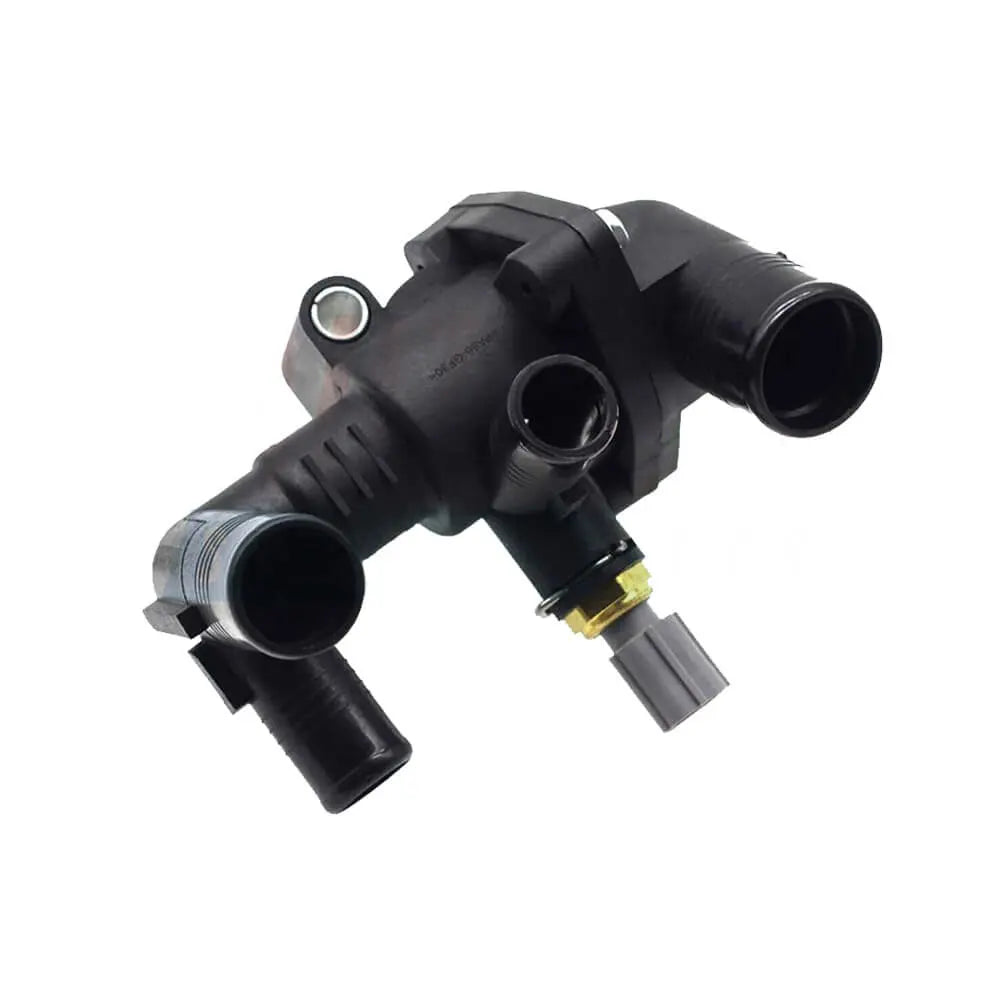
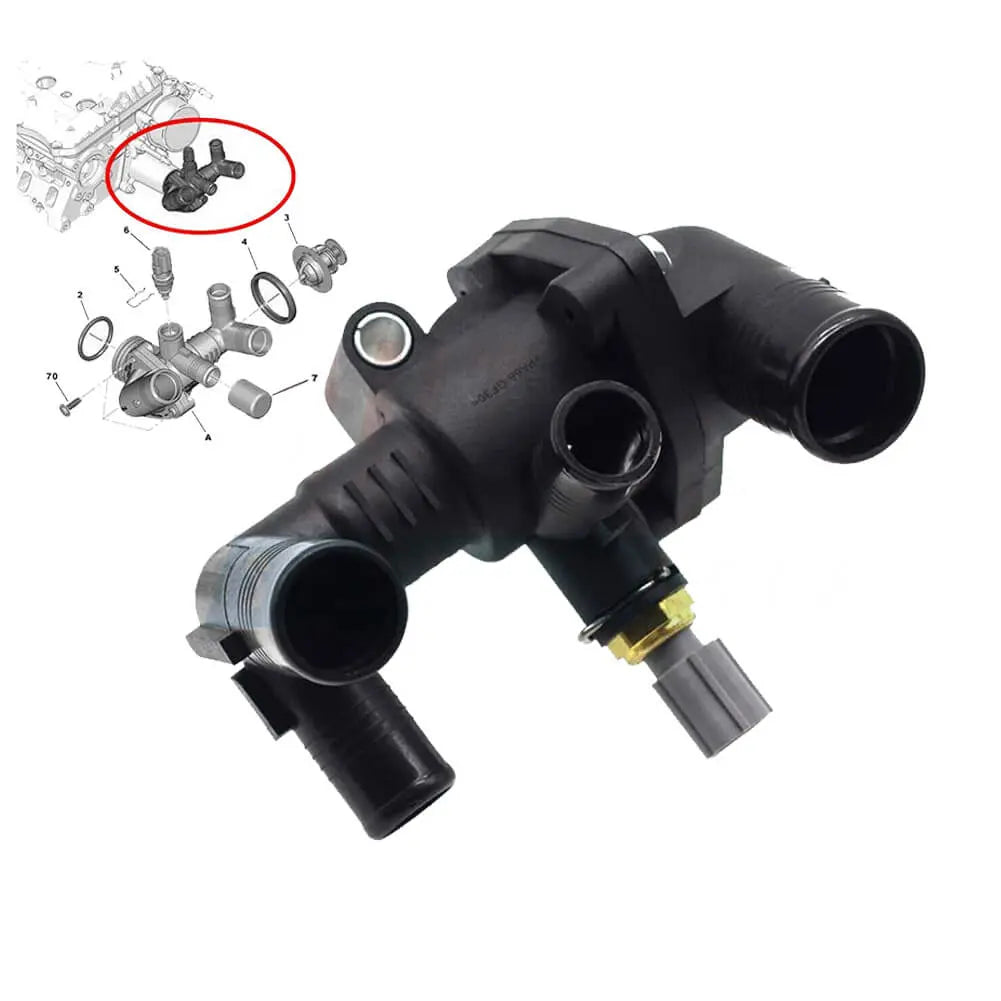
Thermostat Housing With Switch For Ford Transit Custom Transit Mk7 Transit V363 2.2 TDCi - BK2Q8594AA
Sale price£24.90
Regular price£29.99
No reviews
In stock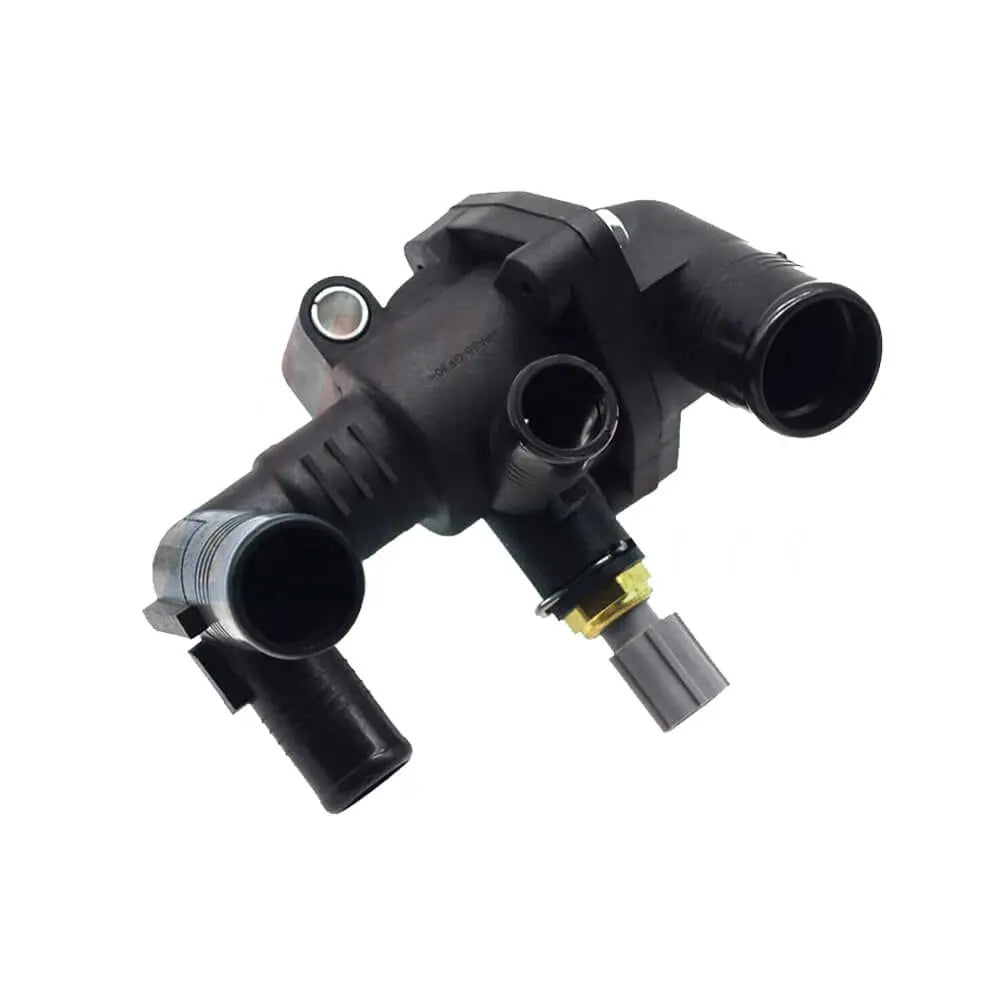
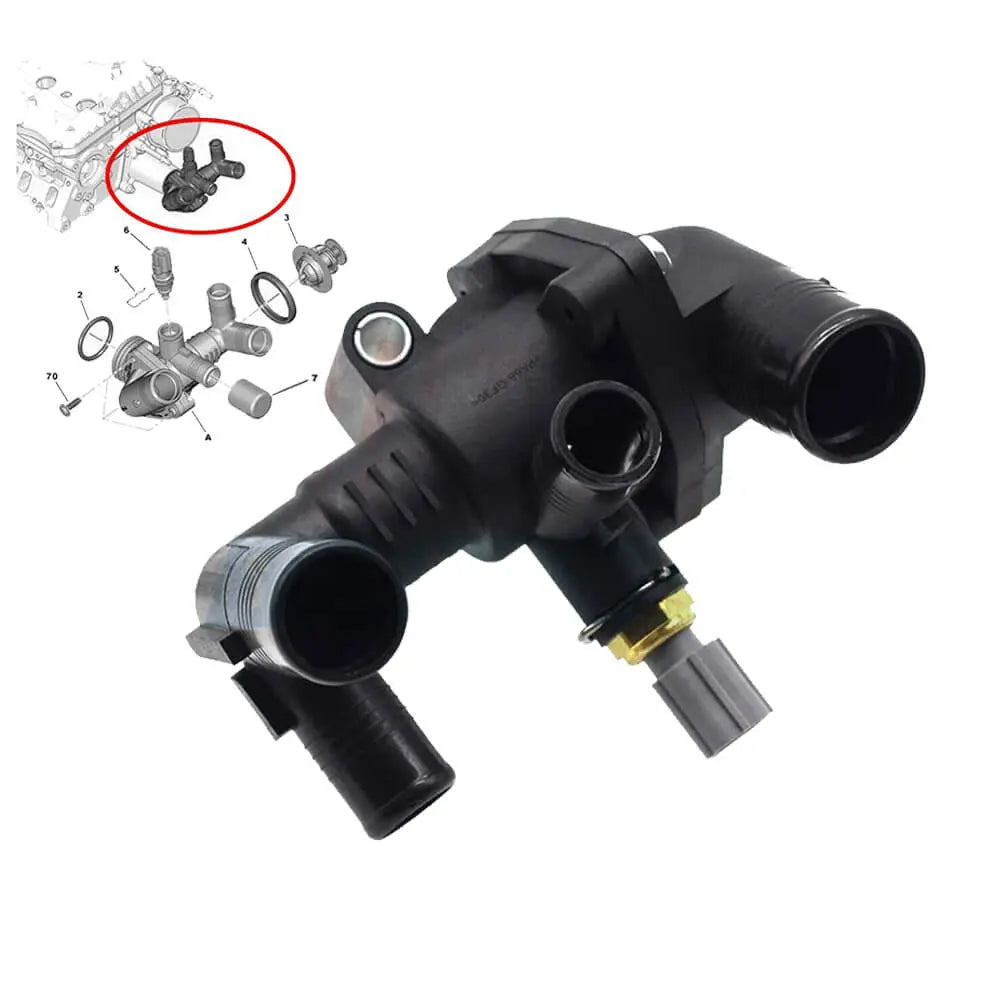
Thermostat Housing With Switch For Citroen Relay (2011 - onwards) 2.2 HDi - 9678741380, BK2Q8594AA
Sale price£24.90
No reviews
In stock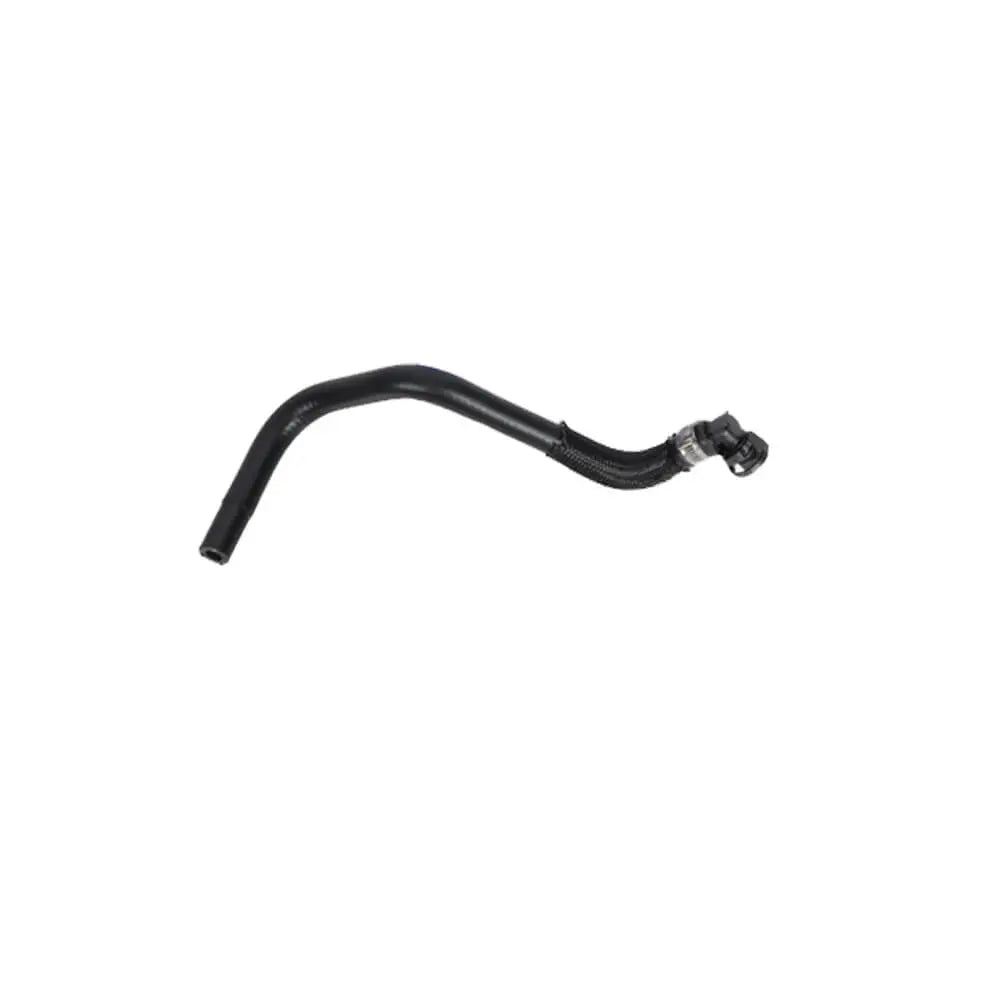

Spare Water Tank Hose For Opel Corsa D (S07) (2006 - 2014) 1337868, GM13408388, 1336027,GM13249353
Sale price£12.90
No reviews
Sold out

Radiator Coolant Hose Pipe For VW Transporter IV 2.5 (1992 - 2003) 074121063
Sale price£7.89
No reviews
In stock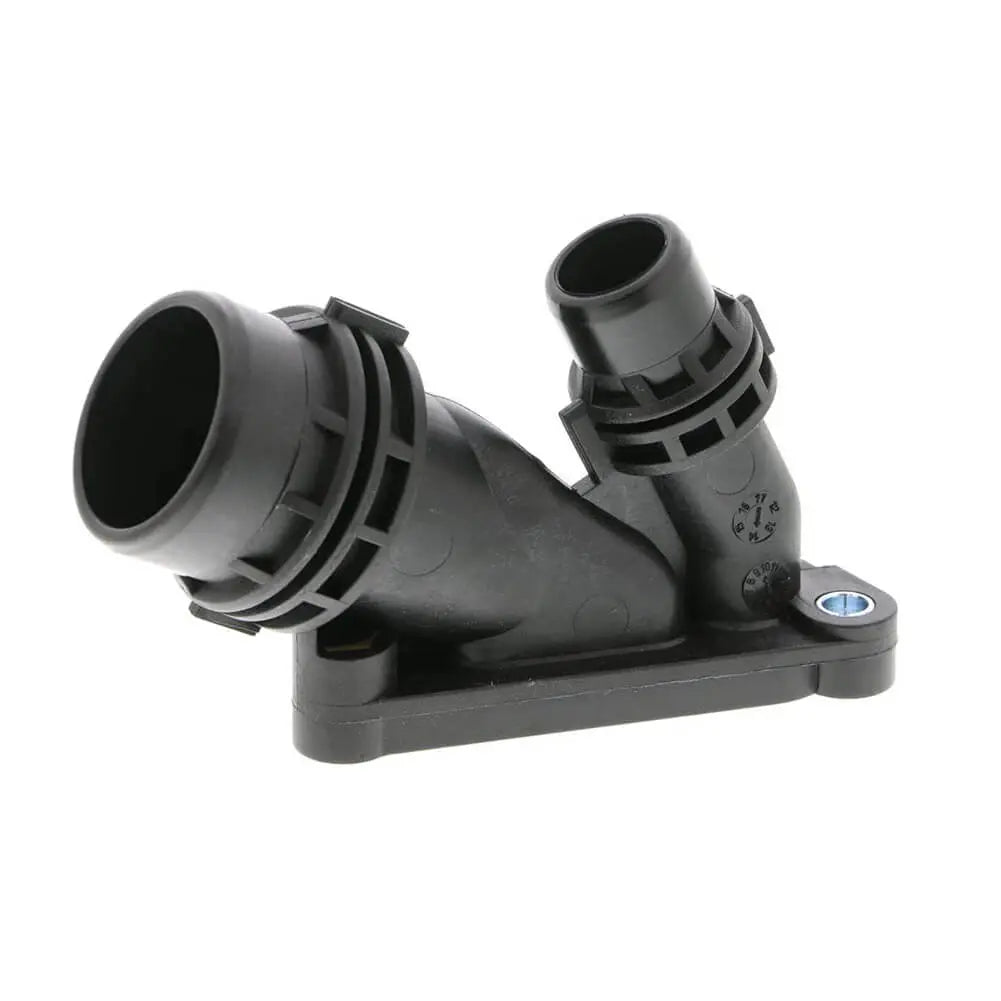

Waterpump Thermostat Connector For BMW 1 3 5 7 X1 X3 X5 X6 (2006 - 2015) 11117800048
Sale price£16.90
No reviews
In stock
Filters (0)

